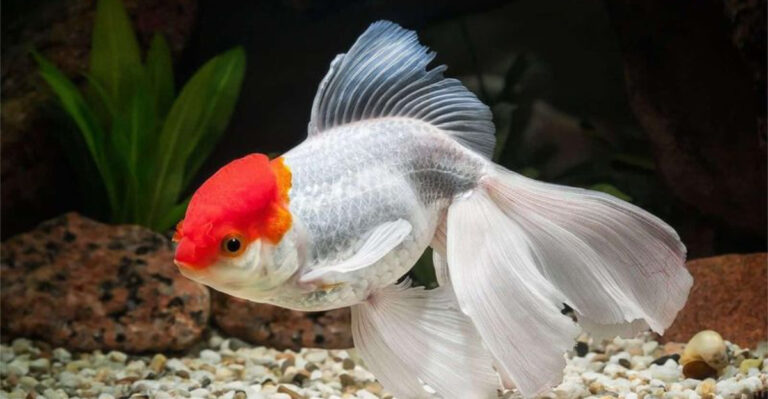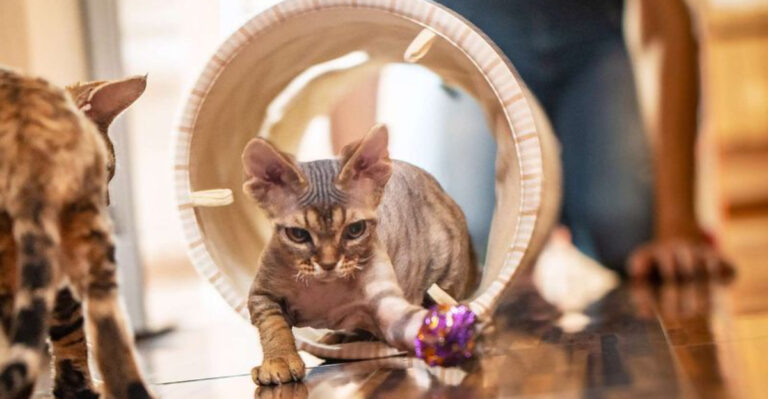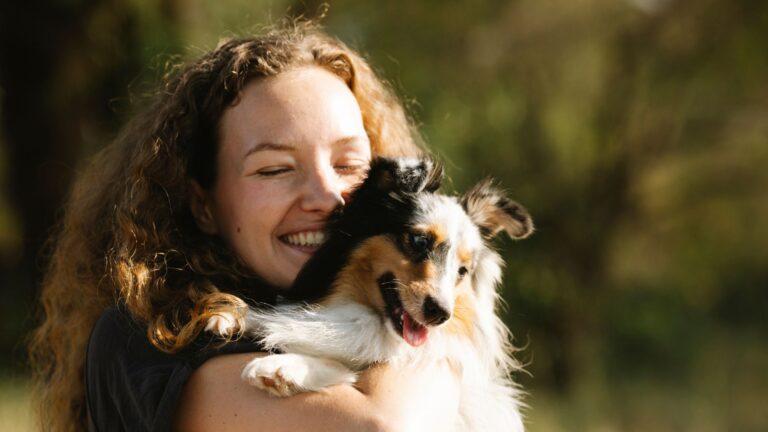15 Silent Signs Your Pet Is In Pain

Pets can’t speak, but they sure do communicate. As loving pet owners, it’s our duty to notice when our furry friends are not feeling their best.
Recognizing the subtle signs of discomfort in pets can prevent serious health issues down the line.
In this post, we’ll explore the 15 silent signs that may indicate your pet is in pain. Understanding these cues will help you respond quickly and alleviate their distress.
1. Change In Appetite
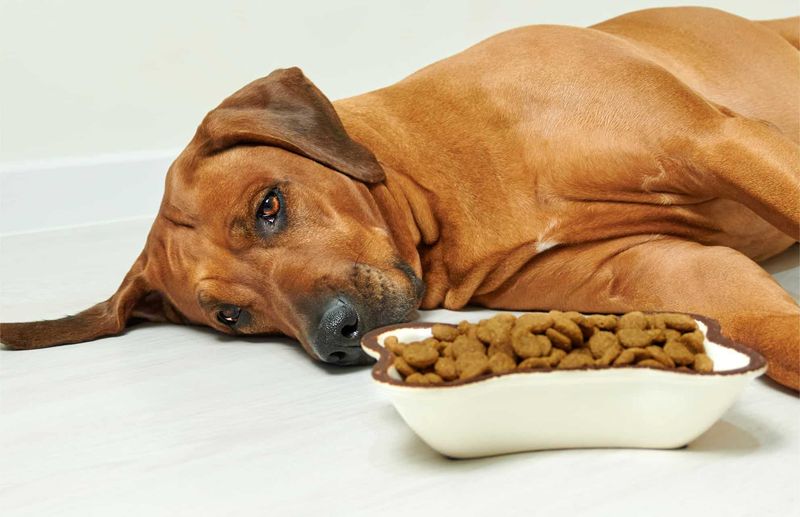
When your pet suddenly shows a lack of interest in their food, it might signal discomfort. A change in appetite is often a red flag, indicating that something isn’t right.
Pets rely on their meals for energy, and when they skip them, it’s usually not just a picky phase. Observe if this change lasts more than a day or two.
Sometimes, pets may skip meals due to minor issues like a stomach upset, but if it persists, it could point to a deeper underlying issue.
Perhaps there’s dental pain or a digestive problem. Consulting with a veterinarian can provide clarity and ensure that your pet receives the care they need.
Addressing the root cause early can prevent further complications, ensuring your furry friend remains happy and healthy.
2. Unusual Lethargy

Lethargy isn’t just about being sleepy. If your pet suddenly becomes unusually listless or less energetic, it could be a sign they’re not feeling well.
Pets are naturally active, so any significant drop in their energy levels is worth noting. Perhaps your dog isn’t as excited about walks, or your cat isn’t engaging in playful antics.
Such behavior changes shouldn’t be ignored. They might be dealing with an underlying issue that needs attention. Checking with a vet can rule out serious conditions.
Sometimes, lethargy is due to something as simple as an upset stomach, but it could also point to infections or chronic pain. Getting to the bottom of it ensures your furry companion’s well-being.
3. Excessive Grooming
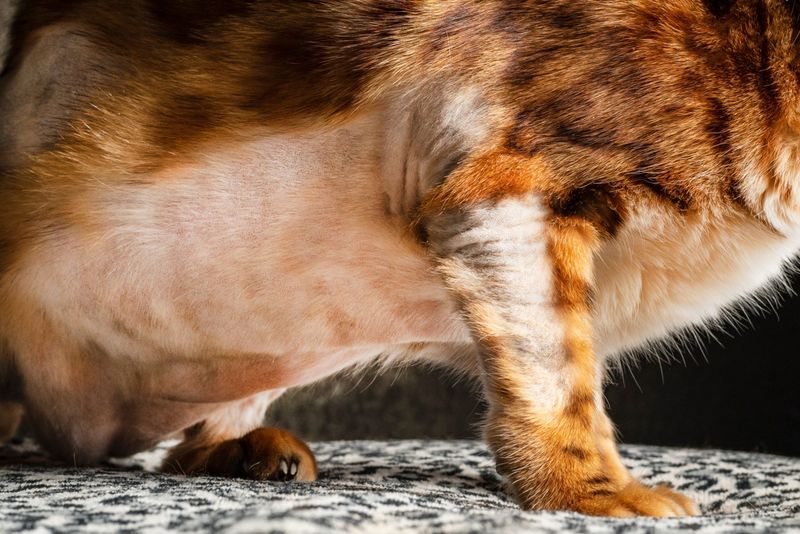
Pets often groom themselves, but doing so excessively can be a sign of distress. When your pet starts to focus on a particular spot, it might indicate skin irritation or pain.
This behavior is more than just about cleanliness. Cats and dogs, for example, may lick excessively due to allergies or injuries. Rabbits might chew on themselves if they’re uncomfortable.
It’s essential to monitor these habits, as excessive grooming can lead to bald patches or sores.
Addressing the root cause with the help of a veterinarian can prevent further harm. It could be an allergy, a wound, or even something more serious like arthritis. Identifying the issue early is key to ensuring their comfort.
4. Vocalization Changes
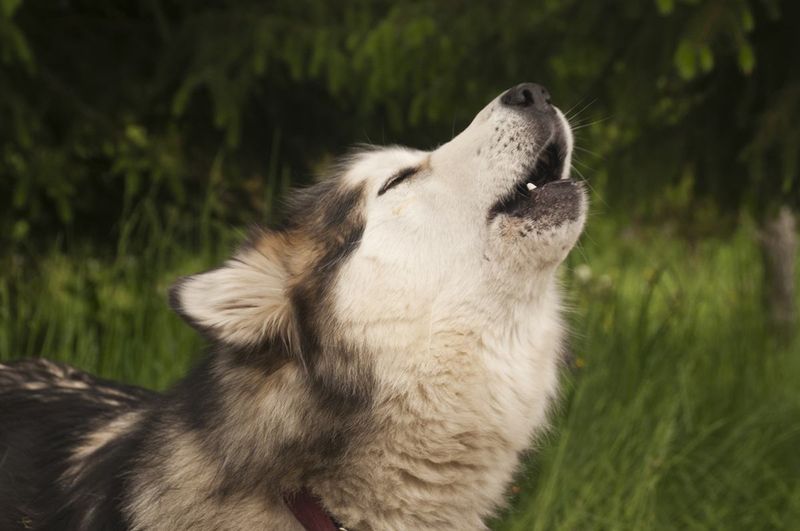
Animals communicate through sounds, and any changes in their usual vocal patterns can be telling. If your pet starts meowing, barking, or making noises more than usual, it could signal that they’re in pain.
Pay attention to the type of sound. Is it more of a whine or a growl? These nuances can hint at the nature of their discomfort.
Sudden bouts of noise, especially at odd hours, shouldn’t be overlooked. Seeking advice from a vet helps pinpoint the issue.
Whether it’s a dental problem, an injury, or something else, addressing these vocal cues ensures your pet gets the required attention. Their voice might be the only way they can express their pain.
5. Favoring A Limb
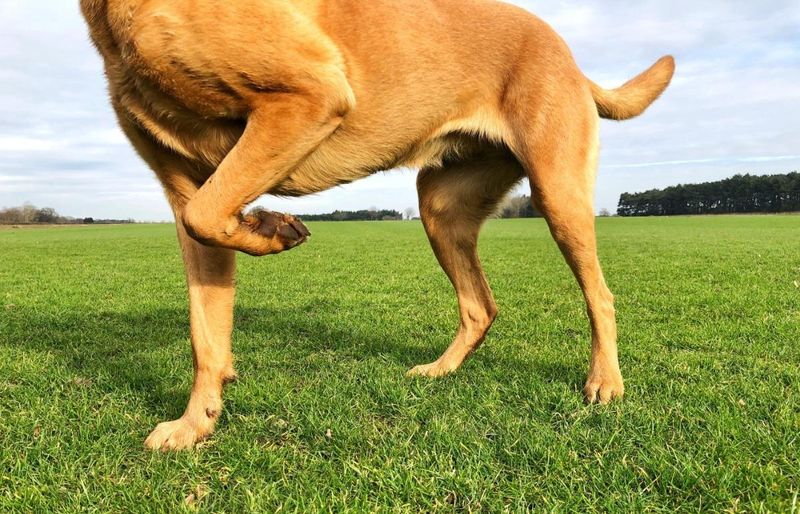
Observing your pet favoring a limb can be a clear indicator of pain. Whether it’s a limp or reluctance to put weight on a paw, these signs are worth noting.
Pets don’t hide their discomfort without reason. This behavior could be due to an injury, arthritis, or even a foreign object lodged in their paw.
It’s essential to inspect the area carefully. Sometimes, what appears minor can escalate if left unattended.
Veterinary consultation can help diagnose the cause. Whether it’s a sprain or something more severe, timely intervention ensures your pet’s quick recovery.
Mobility is crucial for their happiness, and addressing any hindrance is vital.
6. Hiding Or Seeking Solitude
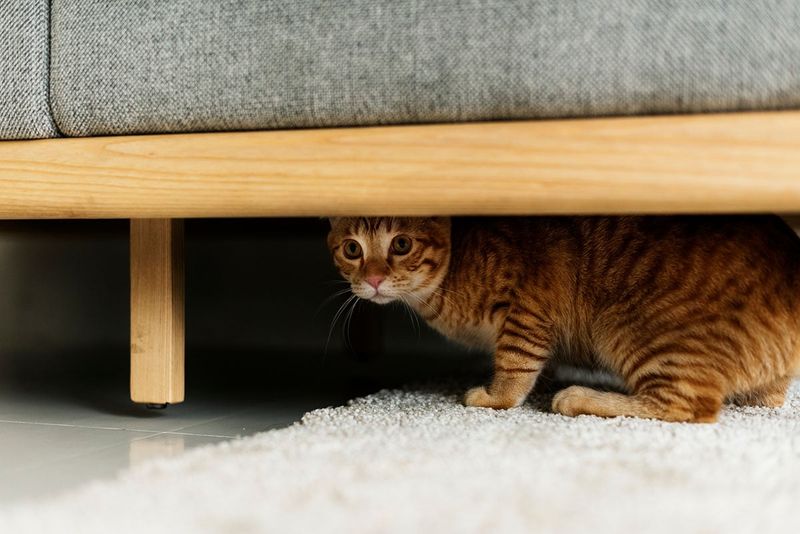
When pets suddenly start hiding or seeking solitude, it might be a silent plea for help. This behavioral change often indicates discomfort.
Pets, especially cats, tend to isolate themselves when they’re unwell. This might be their way of managing pain or stress. If your pet is avoiding interaction more than usual, it’s worth investigating.
Their usual happy demeanor might be clouded by something unseen. Catching these signs early and consulting with a veterinarian can provide insights into their behavior.
It might be an illness, injury, or emotional distress. Whatever the cause, understanding and addressing it ensures their comfort and happiness.
7. Changes In Bathroom Habits

Your pet’s bathroom habits can reveal a lot about their health. If there’s a sudden change, like straining or going more frequently, it may indicate pain or discomfort.
Observing these habits can provide early warning signs. In dogs and cats, changes might point to urinary tract infections or digestive issues. Smaller pets, like guinea pigs, can also exhibit similar signs. It’s a window into their internal wellness.
Addressing these changes with a vet can prevent further issues. Whether it’s a dietary adjustment or a medical condition, early detection and treatment are crucial.
Monitoring their habits closely ensures they remain healthy and content.
8. Aggression Or Irritability
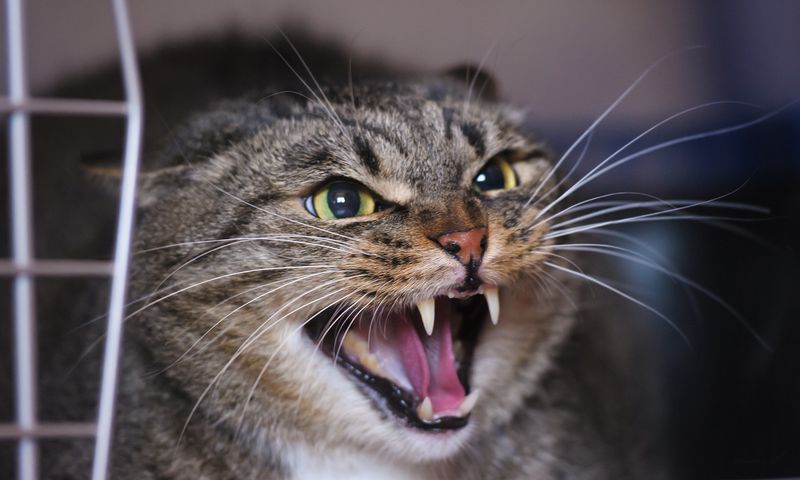
If your usually friendly pet starts showing aggression or irritability, it might be more than just a bad mood. Pain can often manifest as aggression, as it’s their way of protecting themselves.
This change can appear suddenly, confusing pet owners. Perhaps your pet is snapping or hissing when touched. Understanding that this behavior could stem from physical discomfort is key.
Consulting with a veterinarian can uncover underlying issues. Identifying the cause and addressing it ensures your pet returns to its usual, loving self. It’s an important step in their health journey.
9. Loss Of Interest In Play

Playtime is essential for pets, and a sudden disinterest can be concerning. When a pet that once leaped at the sight of a toy now seems uninterested, it could mean they’re in pain.
This lack of enthusiasm might be due to physical discomfort or emotional distress. Pets express themselves through play, so changes in this behavior need attention.
A visit to the vet can shed light on the situation. Whether it’s an injury or an emotional issue, addressing the cause ensures your pet remains joyful.
Keeping them active and engaged is vital for their overall well-being.
10. Excessive Panting Or Sweating

Panting or sweating, especially in situations that don’t warrant it, can indicate discomfort. Pets regulate their body temperature through these actions, but if done excessively, it might signal pain.
Consider their environment and activity level. If your pet is resting and still panting, it’s a concern. Their body might be reacting to underlying pain or stress.
Consult a vet to determine the root cause. It could be a simple fix or something requiring more attention. Either way, understanding and addressing the issue ensures your pet remains healthy and comfortable.
11. Changes In Sleep Patterns
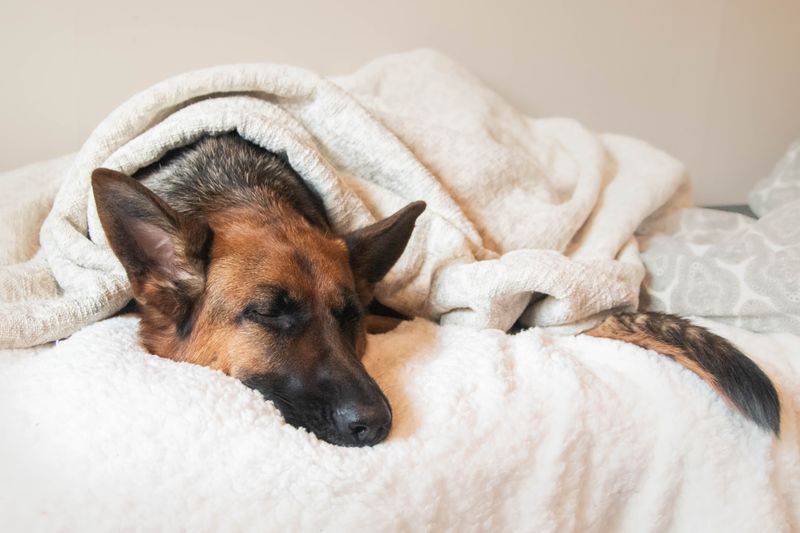
Pets need their rest, but a sudden change in sleep patterns can hint at discomfort. Whether they’re sleeping more or less, it’s worth noting these changes.
Increased sleep might be an escape from pain, while less sleep could indicate restlessness or anxiety. Understanding these subtle shifts in behavior is essential for pet owners.
A veterinarian can help identify any underlying issues. Whether it’s a health concern or an environmental factor, addressing sleep changes ensures your pet stays happy and healthy.
Quality sleep is crucial for their well-being.
12. Reluctance To Be Touched
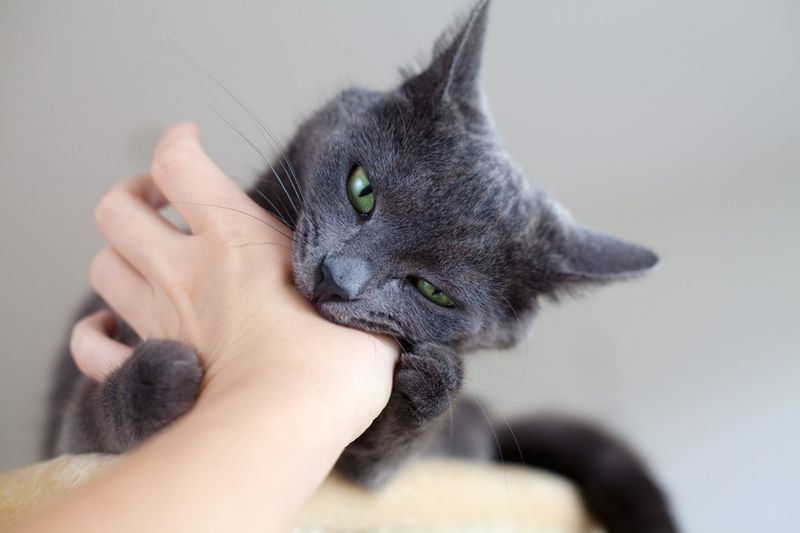
If your pet suddenly shies away from touch, it might be more than just moodiness. This reluctance can indicate pain, particularly if it’s a new behavior.
Pets usually enjoy affection, so when they start avoiding it, it can be concerning. Observe if they flinch or move away when touched in specific areas. Veterinary consultation can pinpoint any underlying issues.
Identifying and treating the cause ensures your pet remains comfortable and loved. Touch is a vital part of their relationship with you, and addressing any hindrance is crucial.
13. Changes In Posture Or Movement
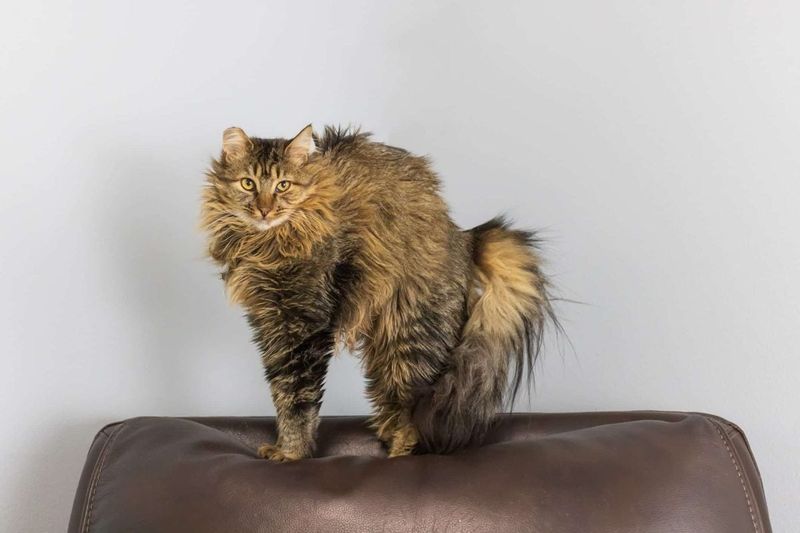
Posture tells a lot about your pet’s health. Notice if there’s a change in how they stand or move. Stiffness, arching, or awkward movements can signal discomfort. These changes might be gradual, making them harder to spot.
However, any persistent shift in posture or movement requires attention. Consulting with a veterinarian can reveal potential issues.
Whether it’s a joint problem or an injury, addressing it early ensures your pet maintains their mobility and quality of life. Movement is essential for their happiness, so keeping them pain-free is key.
14. Unexplained Weight Loss Or Gain
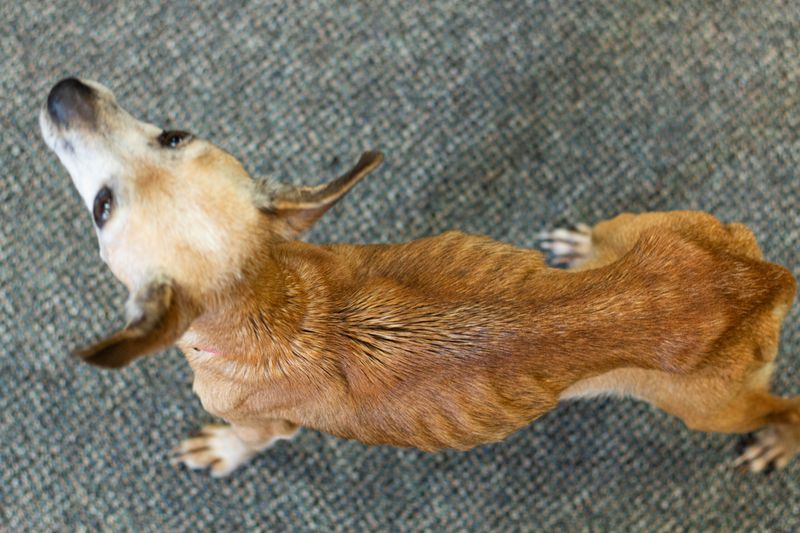
Weight fluctuations can indicate underlying health issues. Both unexplained loss and gain are reasons for concern. Pets rely on a balanced diet and exercise, so changes might signal a problem.
Monitor their eating habits and physical activity. Sometimes, hormonal issues or digestive discomfort can lead to weight changes.
A visit to the vet helps identify the cause. Whether it’s a dietary adjustment or a medical condition, understanding the reason ensures your pet maintains a healthy weight.
Keeping an eye on their weight is vital for their overall health.
15. Difficulty Breathing
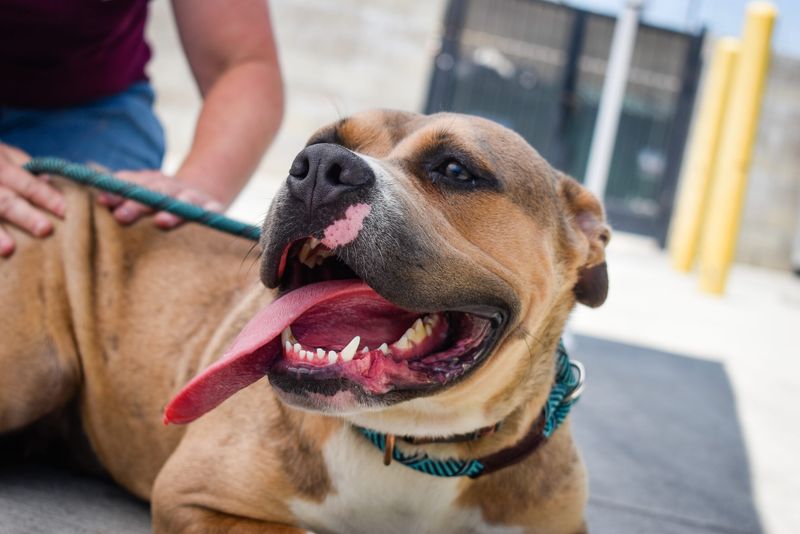
Breathing difficulties should never be ignored. If your pet is wheezing, coughing, or showing signs of labored breathing, it might indicate pain or a serious health issue.
Prompt attention is crucial. These symptoms could be due to respiratory infections, allergies, or even more severe conditions. Seeking immediate veterinary care is essential.
Identifying the problem and treating it ensures your pet breathes easily. Their comfort and health depend on clear, unobstructed breathing, making this sign a top priority for pet owners.



